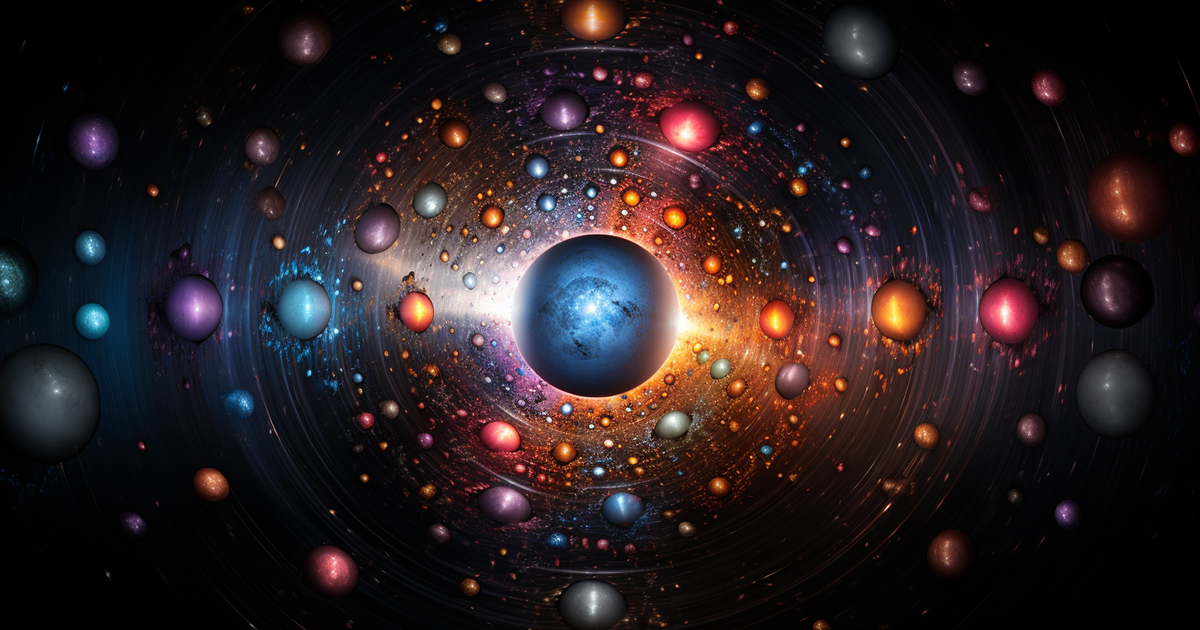The discovery of the Higgs boson, also known as the “God particle,” has revolutionized our understanding of the universe. This elusive particle, predicted by the Standard Model of particle physics, plays a crucial role in giving mass to other particles, shaping the fabric of our cosmos.
In 2012, scientists at the Large Hadron Collider (LHC) announced the groundbreaking discovery of the Higgs boson, confirming its existence after decades of theoretical speculation and experimental searches.
Higgs Boson Discovery

The discovery of the Higgs boson at the Large Hadron Collider (LHC) in 2012 was a major milestone in particle physics. It confirmed the existence of the Higgs field, which is responsible for giving mass to elementary particles. The discovery has profound implications for our understanding of the fundamental laws of nature.
Timeline of Key Events
- 1964: Peter Higgs, Robert Brout, and Francois Englert propose the Higgs mechanism to explain the origin of mass.
- 1994: The LHC, the world’s largest and most powerful particle accelerator, begins construction.
- 2008: The LHC starts colliding protons at high energies.
- 2012: The ATLAS and CMS experiments at the LHC independently announce the discovery of a new particle consistent with the Higgs boson.
- 2013: The Higgs boson is confirmed to be the particle predicted by the Standard Model of particle physics.
Impact of the Discovery
The discovery of the Higgs boson has had a profound impact on particle physics. It has confirmed the Standard Model of particle physics, which is the most successful theory of nature ever developed. The discovery has also opened up new avenues of research, such as the search for supersymmetry and other new physics beyond the Standard Model.
Properties of the Higgs Boson
The Higgs boson is a massive elementary particle with a mass of about 125 GeV/c2. It has no electric charge and no color charge. The Higgs boson is unstable and decays almost immediately into other particles.
Fundamental Properties
- Mass: 125.09 ± 0.24 GeV/c2
- Spin: 0
- Parity: Even
- Decay modes: The Higgs boson can decay into a variety of other particles, including photons, gluons, and W and Z bosons.
Challenges in Measuring Properties
Measuring the properties of the Higgs boson is challenging because it is a very rare particle. Only a few thousand Higgs bosons have been produced at the LHC so far. The detectors at the LHC must be able to distinguish the Higgs boson from other particles that are produced in proton-proton collisions.
Liza Minnelli, the legendary actress and singer, has captivated audiences for decades with her unforgettable performances on stage and screen. Liza Minnelli has won numerous awards, including four Tony Awards, two Academy Awards, and an Emmy Award. Her most famous roles include Sally Bowles in “Cabaret” and Frances Farmer in “Frances.”
Implications for the Standard Model, God particle
The properties of the Higgs boson are consistent with the predictions of the Standard Model of particle physics. This has helped to confirm the Standard Model as the most successful theory of nature ever developed.
Higgs Boson Production and Decay
The Higgs boson can be produced at the LHC through a variety of mechanisms. The most common production mechanism is gluon-gluon fusion. In this process, two gluons collide and produce a Higgs boson.
Production Mechanisms
- Gluon-gluon fusion
- Vector boson fusion
- Associated production with a W or Z boson
- Associated production with a top quark pair
Decay Modes
The Higgs boson can decay into a variety of other particles. The most common decay modes are:
- Higgs boson → two photons
- Higgs boson → two gluons
- Higgs boson → two W bosons
- Higgs boson → two Z bosons
Branching Ratios
The branching ratio of a decay mode is the fraction of Higgs bosons that decay into that mode. The branching ratios for the most common decay modes are:
| Decay Mode | Branching Ratio |
|---|---|
| Higgs boson → two photons | 0.227 ± 0.012 |
| Higgs boson → two gluons | 0.622 ± 0.012 |
| Higgs boson → two W bosons | 0.214 ± 0.006 |
| Higgs boson → two Z bosons | 0.0264 ± 0.0010 |
Higgs Boson Searches Beyond the Standard Model
The discovery of the Higgs boson at the LHC has opened up new avenues of research. One of the most important areas of research is the search for Higgs bosons beyond the Standard Model. These searches are motivated by the fact that the Standard Model is not a complete theory of nature.
There are a number of unsolved problems in the Standard Model, such as the existence of dark matter and the hierarchy problem.
Motivations
There are a number of reasons to search for Higgs bosons beyond the Standard Model. First, the Standard Model is not a complete theory of nature. There are a number of unsolved problems in the Standard Model, such as the existence of dark matter and the hierarchy problem.
Second, the Higgs boson is a very special particle. It is the only fundamental particle that has been discovered in the last 50 years. This suggests that the Higgs boson may be a key to understanding new physics beyond the Standard Model.
Experimental Techniques
There are a number of different experimental techniques that can be used to search for Higgs bosons beyond the Standard Model. One common technique is to look for Higgs bosons that decay into new particles. Another technique is to look for Higgs bosons that are produced in association with other new particles.
Specific Searches
There have been a number of specific searches for Higgs bosons beyond the Standard Model. Some of the most important searches include:
- Searches for Higgs bosons that decay into two photons
- Searches for Higgs bosons that decay into two gluons
- Searches for Higgs bosons that are produced in association with a W or Z boson
- Searches for Higgs bosons that are produced in association with a top quark pair
Applications of the Higgs Boson Discovery
The discovery of the Higgs boson has had a number of applications in particle physics and beyond. One of the most important applications is the use of the Higgs boson to probe the nature of dark matter. Dark matter is a mysterious substance that makes up about 27% of the universe.
We don’t know what dark matter is, but we know that it interacts with the Higgs boson.
Understanding the Universe
The discovery of the Higgs boson has helped us to understand the universe in a number of ways. First, the Higgs boson has confirmed the Standard Model of particle physics, which is the most successful theory of nature ever developed.
The iconic Liza Minnelli has captivated audiences for decades with her extraordinary talent. Known for her powerful vocals and dynamic stage presence, Minnelli has won numerous awards, including four Tony Awards, an Oscar, and a Grammy. Her signature style and unforgettable performances have cemented her status as a Broadway and Hollywood legend.
Second, the Higgs boson has helped us to understand the origin of mass. Third, the Higgs boson has helped us to probe the nature of dark matter.
Potential Applications
There are a number of potential applications of the Higgs boson discovery. One potential application is the use of the Higgs boson to search for new physics beyond the Standard Model. Another potential application is the use of the Higgs boson to study the properties of dark matter.
The Higgs boson is a powerful tool that can be used to probe the fundamental laws of nature.
Final Thoughts: God Particle
The discovery of the Higgs boson has opened up new avenues of research in particle physics, cosmology, and astrophysics. It has deepened our understanding of the fundamental forces and particles that govern the universe and has paved the way for further exploration of the mysteries that lie beyond the Standard Model.

